The Praetorian Guard: Rome’s elite bodyguards
The Praetorian Guard, an elite unit within the Imperial Roman Army, was established to serve as personal bodyguards to Roman emperors.
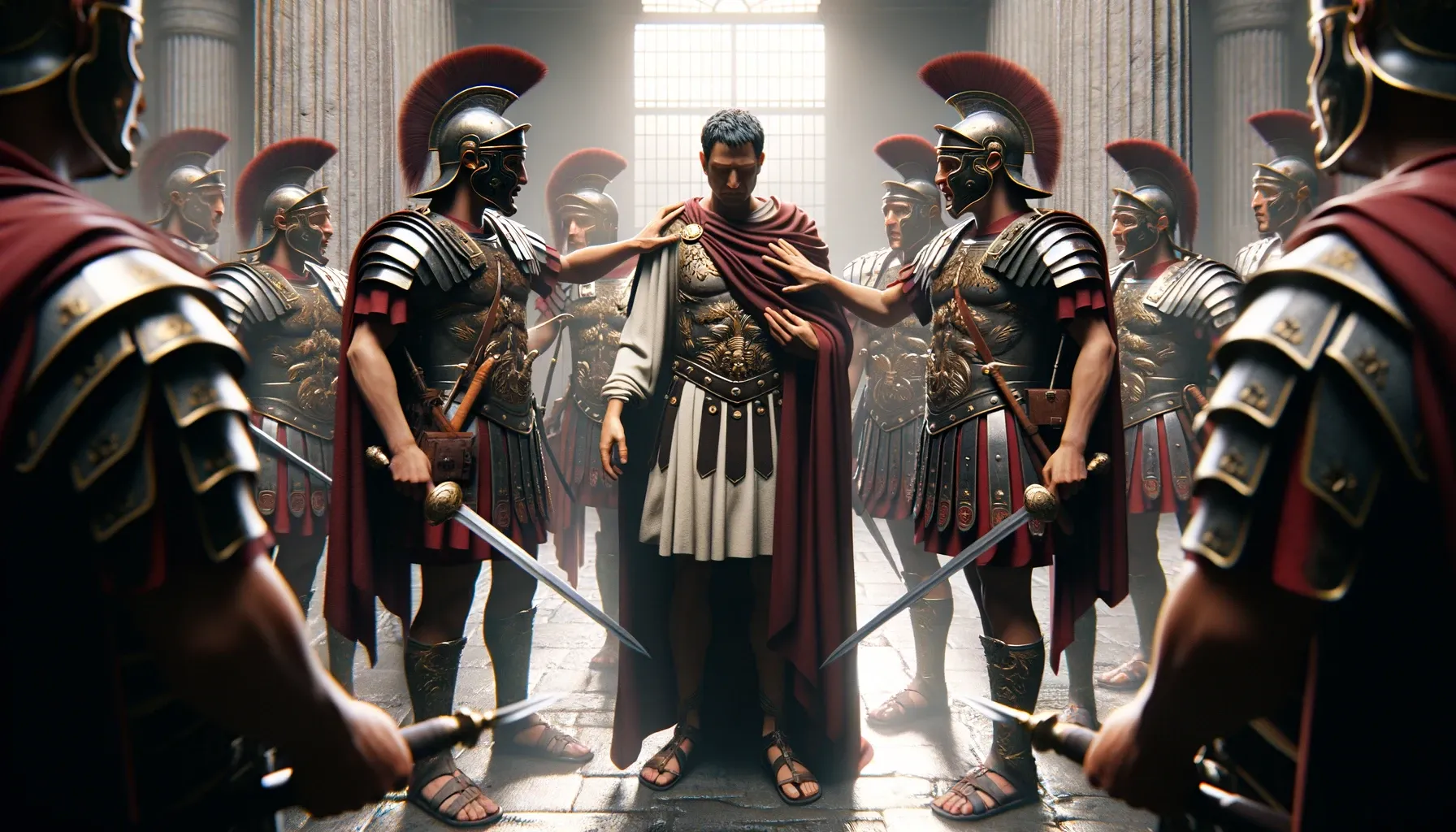
The Praetorian Guard, an elite unit within the Imperial Roman Army, played a pivotal role in the history of the Roman Empire. Established to serve as personal bodyguards to Roman emperors, their influence extended far beyond mere protection.
Origins and Evolution
During the Republican era, the role of the Praetorians was initially to serve as a modest escort safeguarding commanders, generals, or governors. Their title was inspired by the praetorium, the commander's tent. This selected group expanded significantly in size amid the civil wars, as leaders assembled extensive personal guards. Augustus, recognizing the need for a more formalized protective force, established a permanent bodyguard known as the Praetorian Guard in 27 BCE. This unit, consisting of nine cohorts and totaling at least 4,500 men, was dedicated to the security of himself and the imperial family. This initiative was in conjunction with his use of a smaller, predominantly Germanic, guard, a practice also adopted by his successors.
This elite force was stationed both within Rome and in nearby towns, subtly undermining the Republican tradition against military presence in the city. Augustus's organization of the Guard into nine cohorts and the establishment of the Castra Praetoria as their base underscored their central role in imperial security and politics.
Over time, however, this guard became a significant political force, often posing a threat to the very emperors they were sworn to protect. Throughout the 1st and 2nd centuries CE, their involvement in the assassination of several emperors underscored their power. Remarkably, they even proclaimed one of their own, Macrinus, as emperor, demonstrating the extent to which the group designed to ensure the emperor's safety had transformed into one of his most formidable challenges.
Members and Recruitment
The Guard was predominantly composed of soldiers from Italy and fully Romanized provinces, a strategy aimed at ensuring their loyalty. Initially, its ranks were filled with distinguished veterans from the Roman army, chosen for their valor and loyalty. Over time, as the Guard's influence in political arenas grew, the criteria for selection evolved, occasionally prioritizing political acumen over military experience.
Initially, three cohorts of the Praetorian Guard were based in Rome, with the remainder positioned in nearby towns, adhering to the Republican principle that military forces should not enter the city fully armed or in uniform. This stance shifted in 23 CE when Prefect Aelius Sejanus persuaded Emperor Tiberius to consolidate the Guard within the Castra Praetoria, located in Rome's northeastern outskirts.
By the reign of Emperor Aurelian (270-275 CE), the Guard's barracks were integrated into the city's defensive walls, remnants of which are visible today. The consolidation into a single base was argued to enhance the Guard's readiness for emergencies, maintain order, and deter potential threats. Furthermore, when the emperor led campaigns, a segment of the Praetorian Guard, commanded by a prefect, would accompany him, ensuring his protection and asserting their vital role within the imperial entourage.
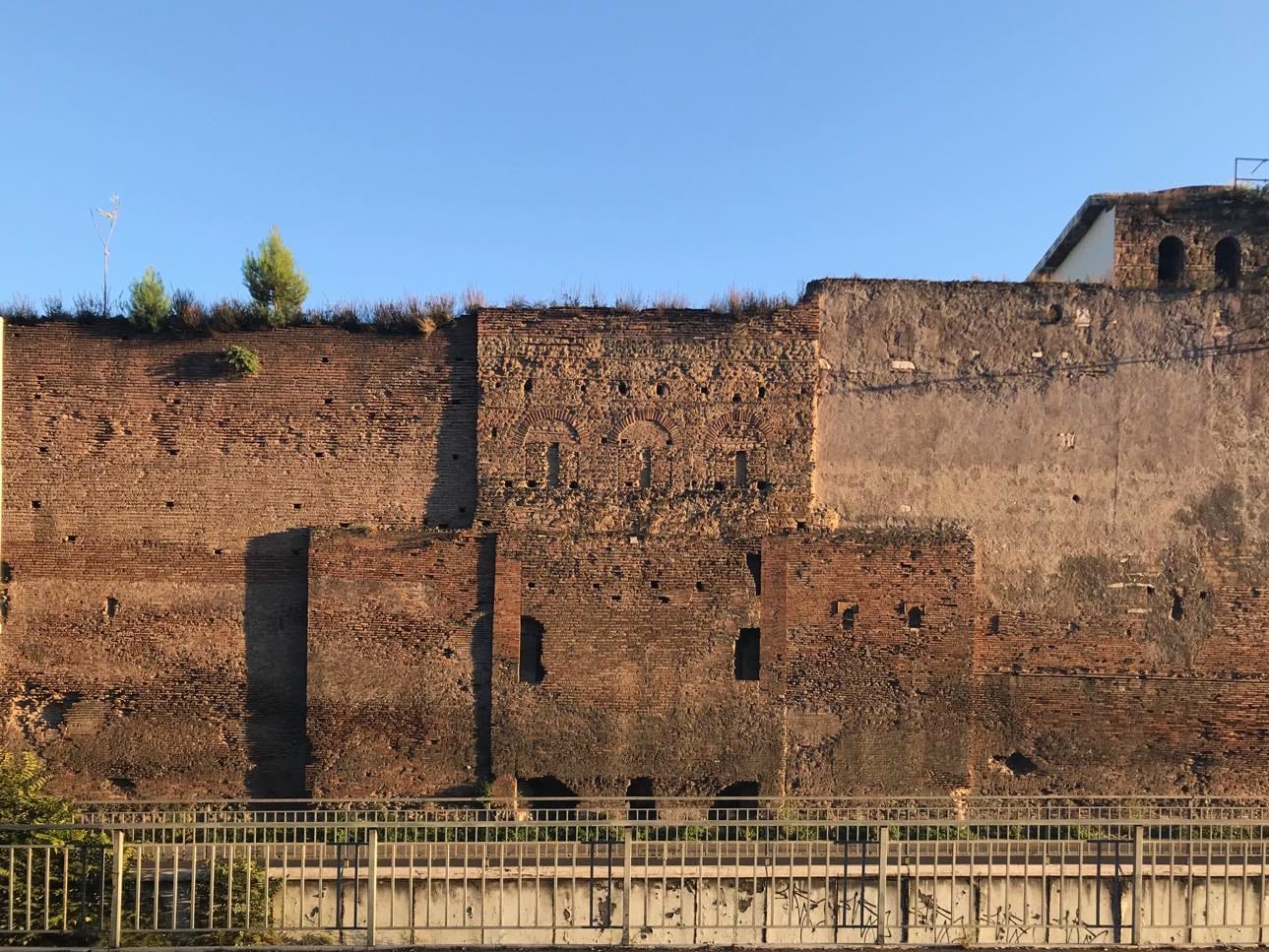
In 2 BCE, Augustus set a precedent by appointing two Praetorian Prefects, making them the sole figures allowed to bear arms in the emperor's presence, a unique privilege underscoring their importance. Entrusted with commanding the Praetorian Guard, these prefects, holding the highest equestrian rank, gradually became integral to the imperial advisory council, assuming roles in judicial, financial, and logistical military operations. Their significance grew such that by Constantine I's reign, their number had increased to five.
Under Tiberius, the Guard expanded to 12 cohorts, a number further increased by Vitellius to 16 cohorts by incorporating units from his Rhine army. Domitian later adjusted the Guard back to ten cohorts, each led by a tribune and subdivided into units of 100 men overseen by centurions, among whom the trecenarius was most senior.
An elite cavalry unit, the equites singulares Augusti, was also established, initially comprising 500 horses, a number that eventually doubled. By the 2nd century CE, the Praetorian Guard had evolved into a key military reserve, actively participating in battles to defend the empire or support a prospective emperor. In battle scenarios, a Praetorian Prefect could serve as the deputy commander if the emperor was present or as the chief commander in the emperor's absence, highlighting their pivotal role in Roman military and political strategy.
Power and Privileges
The Praetorian Guard wielded significant political influence, capable of making or breaking emperors. Their proximity to the emperor granted them considerable sway over imperial succession and policy.
Guard members received special privileges, documented on diplomas issued by the emperor. Before 13 BCE, their service period was 12 years, compared to the 20 years required of legionaries. Following reforms in 5 CE, the duration of service for Praetorians was extended to 16 years, and for legionaries to 25 years. Additionally, Praetorians were compensated with more than triple the salary of regular legionaries. Augustus's testamentary generosity further underscored their elevated status, bequeathing each Praetorian 1,000 sestertii, in contrast to the 300 received by each legionary.
Distinguished by superior armor and an oval shield, unlike the rectangular shields of other legions, the Praetorians also had a unique standard in battle, likely featuring an eagle and wreath. Their shorter service term allowed them early access to advanced military roles upon discharge. Various emperors, including Vespasian, granted them additional benefits like tax exemptions on land awarded at the end of their service
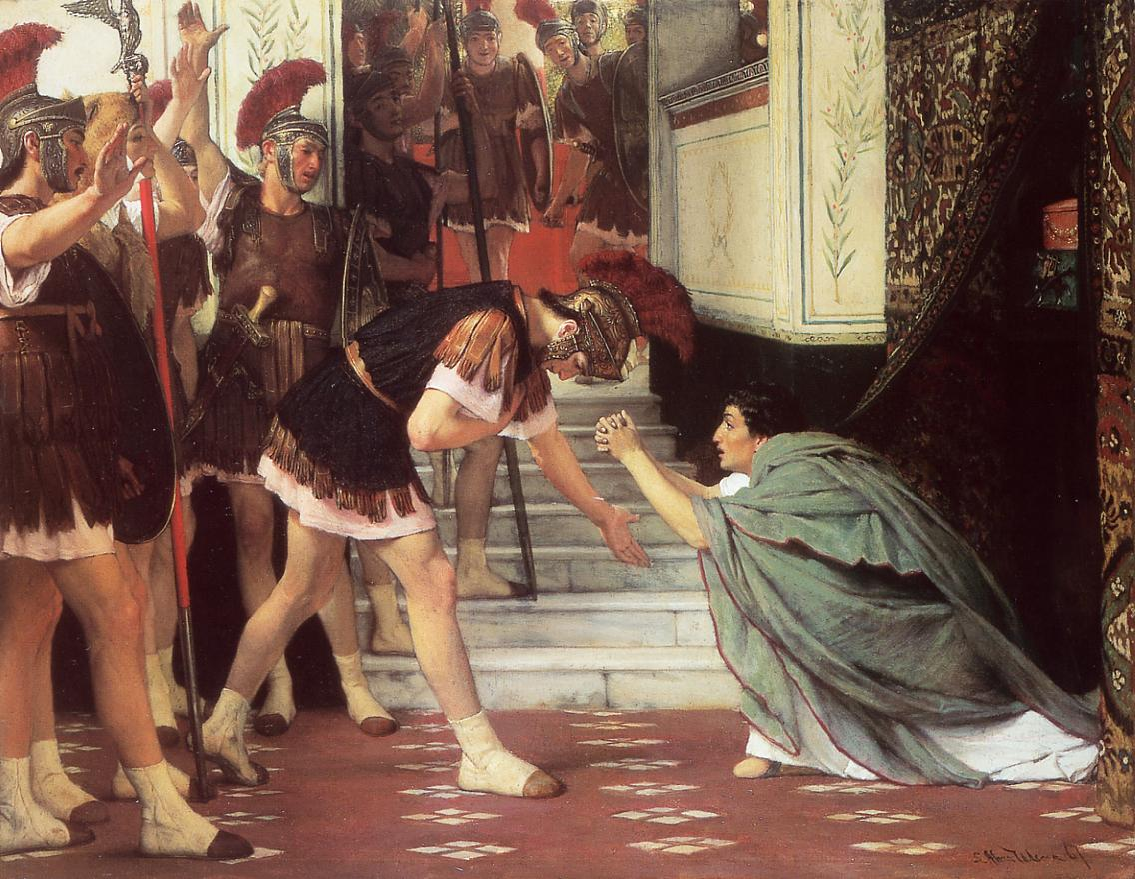
Political Maneuvering and Downfall
Throughout their history, the Praetorians were instrumental in the ascension and deposition of emperors. Their involvement in pivotal moments like the assassination of Caligula and the support of Claudius, and their role in the chaotic "Year of the Four Emperors" underscore their deep entanglement in imperial politics. The Guard's influence peaked during these tumultuous times, showcasing their ability to dictate Rome's political landscape. However, their power was double-edged; while they could secure the throne for an emperor, they also posed a significant threat. The auctioning of the Roman Empire following Commodus' assassination exemplifies their reach and the instability they could engender.
In 193 CE, the Praetorian Guard assassinated Emperor Pertinax, displeased with his modest offer of 12,000 sestertii each upon taking power. Their loyalty became a commodity sold to the highest bidder, with Didius Julianus emerging victorious by promising 25,000 sestertii to every guard, a sum he increased to 30,000 upon his ascension—far surpassing the 20,000 sestertii Marcus Aurelius had provided as a genuine gift. This incident underscored the Guard's formidable influence, leading Emperor Septimius Severus to replace its most disreputable members with his own loyal forces from the Danube. However, their dominion persisted, and in 217 CE, Praefectus Praetorio Macrinus orchestrated Emperor Caracalla's murder to claim the throne.
Emperor Vespasian, recognizing the potential threat posed by the Guard, sought to curb their influence by integrating his son Titus into their leadership, thereby ensuring a semblance of stability during his reign.
The Guard's era concluded in 312 CE when Emperor Constantine I disbanded them after they supported his adversary Maxentius. Nonetheless, the role of the Praetorian Prefects endured, transitioning into significant administrative positions across the East, Gaul, Illyricum, and Italy, a capacity they maintained into the Byzantine era.

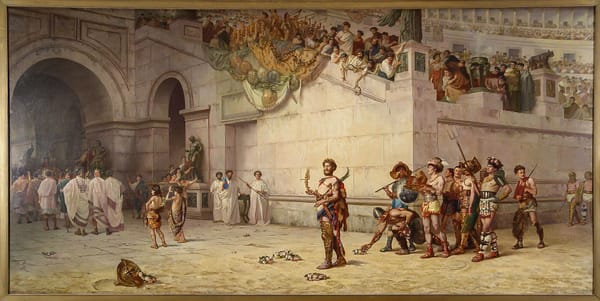
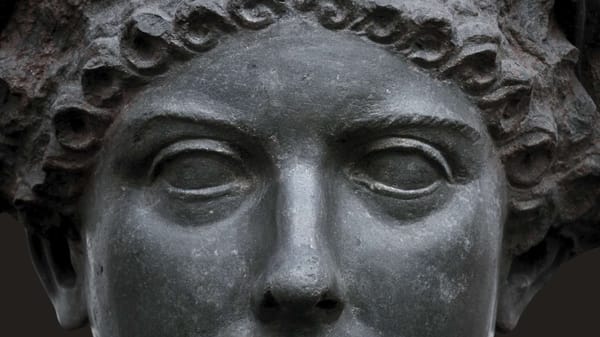

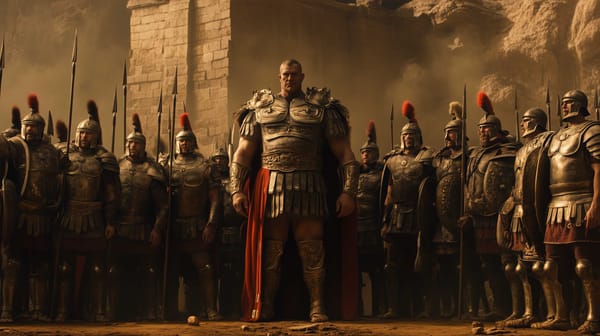

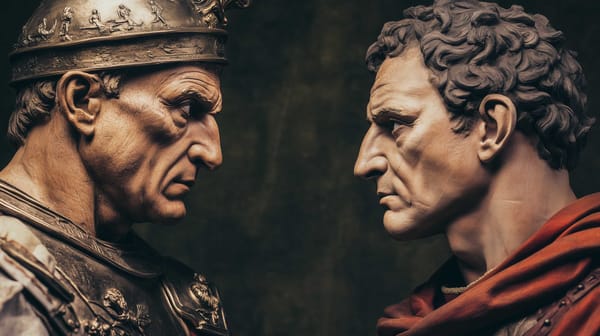
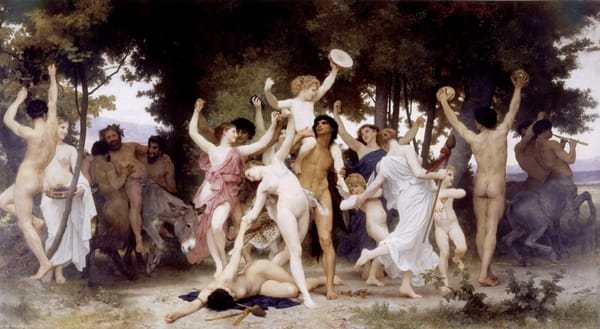

About the Roman Empire Times
See all the latest news for the Roman Empire, ancient Roman historical facts, anecdotes from Roman Times and stories from the Empire at romanempiretimes.com. Contact our newsroom to report an update or send your story, photos and videos. Follow RET on Google News, Flipboard and subscribe here to our daily email.
Follow the Roman Empire Times on social media: